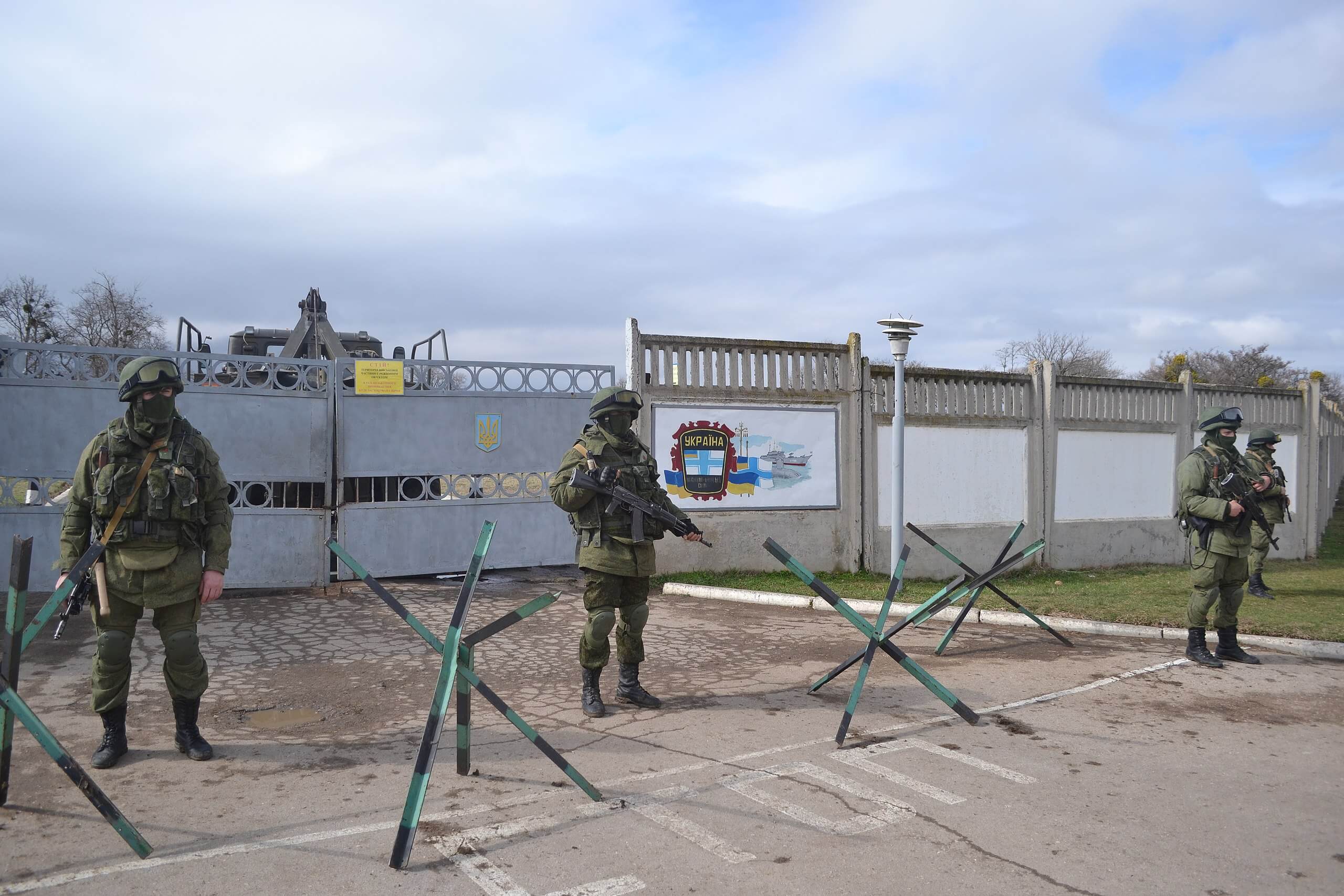Fanning the Flames of Conflict
A review of Peter Schwartzstein, “The Heat and the Fury: On the Front Lines of Climate Violence” (Island Press, 2024).

Published by The Lawfare Institute
in Cooperation With

Peter Schwartzstein’s “The Heat and the Fury: On the Front Lines of Climate Violence” is a searing, eye-opening exploration of how climate change is not just an environmental issue—it is a powerful driver of conflict. This is a book that shatters the abstract concept of climate change and brings it to life through compelling real-world stories from more than 30 countries. With a sharp journalistic eye and a decade of experience, Schwartzstein transforms dry data into visceral narratives that expose the deep links between environmental degradation and escalating violence.
The book’s power lies in its storytelling. Schwartzstein does more than report; he immerses readers in communities where the effects of climate change are not just felt—they are lived. From Iraq’s parched landscapes, where water shortages and crop failures fuel extremist groups such as the Islamic State, to Bangladesh’s vulnerable coastal regions, where rising sea levels threaten entire populations, “The Heat and the Fury” captures the human cost of environmental decline in stark detail.
One of the most chilling aspects of the book is the way terrorist organizations are exploiting the climate crisis. In drought-stricken Iraq, the Islamic State has seized control of vital water resources, using them as a weapon to force civilians into submission. By controlling dams and irrigation systems, they hold entire populations hostage, wielding water as both a bargaining chip and a tool of terror. This manipulation of Earth’s most essential resource turns the struggle for survival into a deadly game of power.
Schwartzstein also pulls back the curtain on the alarming global trend in which wealthier nations and corporations acquire fertile lands for their water value as much as their acreage. He vividly details China’s and Russia’s land acquisitions in Sudan, and even highlights the unsettling trend in the United States, where foreign investors—particularly from Saudi Arabia and the United Arab Emirates—are siphoning off groundwater in Arizona to grow water-hungry crops like alfalfa. These “water grabs” result in critical water shortages that affect local communities, curbing urban development in places such as Phoenix, where water scarcity threatens growth.
What is particularly surprising about “The Heat and the Fury” is the inclusion of unexpected locations, such as Nepal. This Himalayan nation, known for its tourism industry, may seem an unlikely place for climate-related conflict, but Schwartzstein’s investigation into water profiteering in Nepal’s rural communities highlights a hidden crisis. Local mafia-style leaders manipulate dwindling water supplies to maximize their profits, contributing to extreme urbanization and unrest in Nepal’s cities. These stories force readers to reconsider the far-reaching impacts of climate change on both urban and rural populations.
But Schwartzstein doesn’t just present a grim picture. Amid the chaos and devastation, he uncovers hopeful examples of environmental peacebuilding. Environmental peacebuilding entails the shared management of shared natural resources for conflict prevention and tensions mitigation. Drawing from personal experience and deep connections in the field, he explores initiatives that leverage shared environmental concerns to bring opposing communities together. He highlights efforts in the Sahel region, where agricultural nongovernmental organizations are working to mediate conflicts through sustainable practices and fair compensation. His chapter on EcoPeace Middle East, an organization I have worked with, is particularly inspiring. By fostering cross-border cooperation over shared water resources among Israelis, Palestinians, and Jordanians, EcoPeace exemplifies the potential for peace that can arise when people unite over their shared dependence on a fragile environment.
As global politics at the state-to-state level increasingly shifts away from environmental concerns, “The Heat and the Fury” serves as a timely reminder of the urgent need for climate action. Schwartzstein makes it clear: Violence triggered or encouraged by climate change is a growing threat that will destabilize already vulnerable regions unless we take swift and concerted action. By advancing environmental peacebuilding and using tools of soft power, such as water security cooperation and educational exchanges, we can begin to mitigate the worst impacts of this crisis and build a foundation for lasting peace.
For anyone interested in the intersection of climate change, security, and human rights, “The Heat and the Fury” is a must-read. It offers both a sobering wake-up call and a beacon of hope, urging us to recognize the interconnectedness of our environmental and security challenges and to act before it’s too late.





